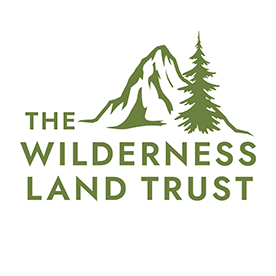The Influence of Wilderness
“My priority was wilderness preservation, since it’s the highest level of protection. My search led me to The Wilderness Land Trust because their mission aligned with my goals.”
-Scott Jonas
A conversation with WLT supporter Scott Jonas
Scott Jonas loves his job working with a rapid-paced, highly innovative Silicon Valley chip company, but he also craves something he can’t get in his day-to-day life as a software engineer – the solitude of a long, remote trail. That’s why he’s grateful for his frequent escapes to Colorado’s Indian Peaks Wilderness.

“Indian Peaks is only an hour from my house and it’s spectacular,” says Scott. “The alpine tundra is carpeted with wildflowers and the scattered rock gardens are home to columbines, purple fringe, Kings Crown and paintbrush. When I’m hiking, I often catch glimpses of pikas and yellow-bellied marmots foraging among the boulders. Sometimes what I first take for a smooth, round stone turns out to be a ptarmigan.”
Growing up in southwestern Pennsylvania, Scott lived for day hikes with his scout troop and longer backpacking trips on the Appalachian Trail and in West Virginia’s Dolly Sods Wilderness in the summer. At the time, he had no idea what a designated wilderness area was, but he remembers connecting with the land.
“I learned about wildlife, trees, plants and the ecosystem,” says Scott. “Although I’m not sure how reliable this information was because I recall being told that skunk cabbage was edible!”
Scott says his childhood experiences in nature had a lasting impact on him, particularly because many of the areas where they hiked and camped were fairly developed.
“I witnessed the toll logging, mining, construction and urban sprawl was taking on the land, and I longed to see unspoiled places,” says Scott. “Later, when I read books like A Sand County Almanac, the urgency of protecting wild lands really resonated with me. This motivated me to move west and join nonprofits that protect public lands.”
Studies cited in the Oxford Handbook of Environmental and Conservation Psychology illustrate that direct childhood experiences in nature form a foundation for a sense of stewardship and active care for the environment, which is vital for the protection of a life-sustaining planet now and in the future. This certainly rang true for Scott who, in 2010, started searching online for a land conservation nonprofit he could support.
“My priority was wilderness preservation, since it’s the highest level of protection. My search led me to The Wilderness Land Trust because their mission aligned with my goals. As a software engineer, I rely on tools that ‘do one thing well’ but can also work with other programs. The Trust exemplifies this philosophy. It’s very focused on its mission of acquiring and transferring wilderness inholdings, and it effectively partners with landowners, businesses, government agencies and other nonprofits. I also appreciate getting regular project updates and being able to see the Trust’s past and current projects on their new website.”
Scott says the recent purchase of a 60-acre mining claim adjacent to the Little Chetco River in Oregon’s Kalmiopsis Wilderness is his favorite Wilderness Land Trust project to date. Asked about his hopes for the future of The Wilderness Land Trust and our nation’s wilderness, Scott says, “I’m optimistic that the Trust’s support will continue to grow, since it has such a great team and mission. Nationally I’d like to see more land across the nation designated as wilderness because plants and wildlife need undeveloped space to thrive.” Just don’t eat the skunk cabbage.
For more wilderness news and updates on our progress, consider signing up for our e-news.


